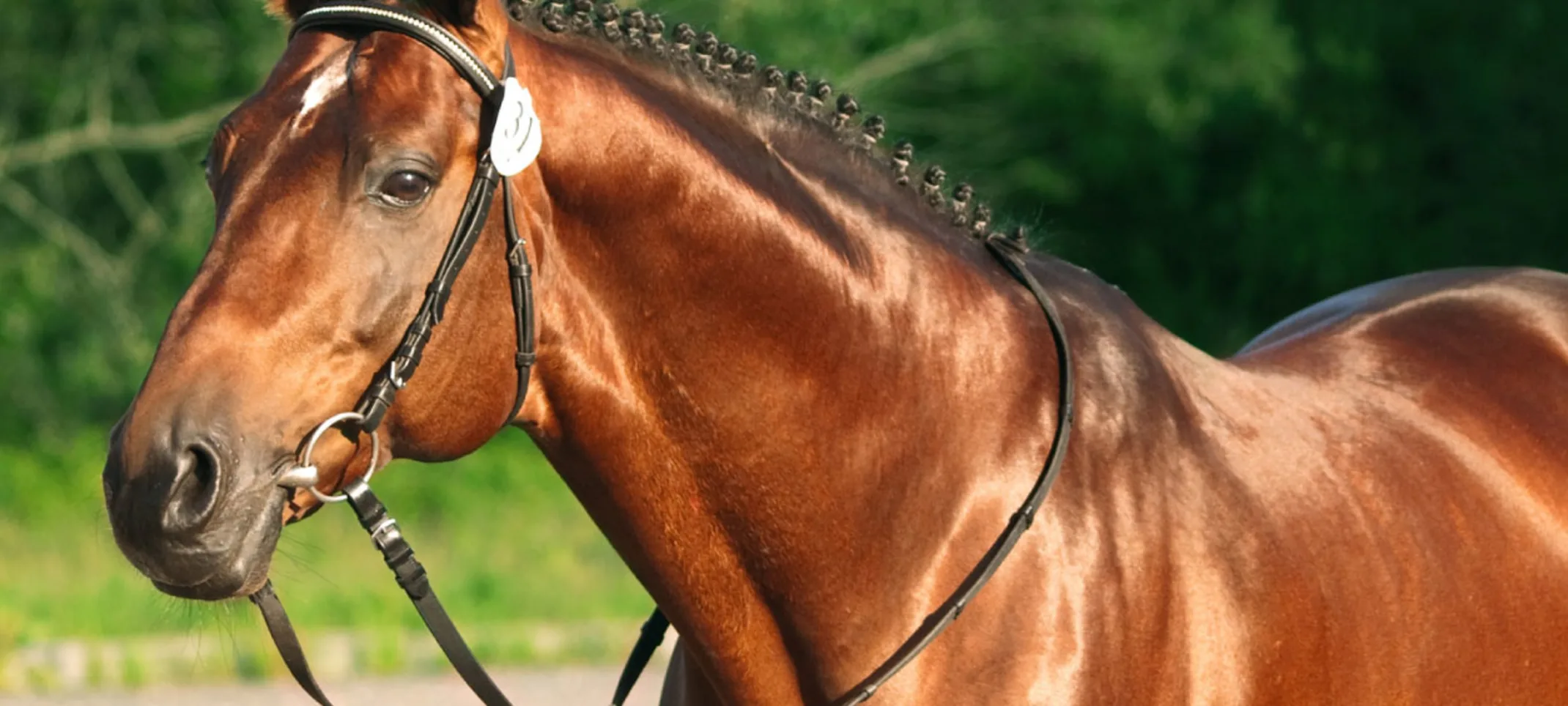Burnham Park Animal Hospital
Equine MRI
It can sound alarming when your horse needs an MRI for, but sometimes, an equine MRI is the best way to diagnose certain problems. If your horse requires an MRI, it’s a good idea to learn everything you can about this procedure so you won’t feel too confused or overwhelmed when the time comes for it to take place.

What is an MRI?
MRI (magnetic resonance imaging) is used as a diagnostic tool for a variety of internal medicine applications. Although it is usually used to scan the brain, it can also be used on other parts of the body with great success as well. MRIs take 3-D cross-sectional pictures of the part of the body in question and give medical professionals the ability to look closely at issues to determine what could be wrong. MRI is used in equine medicine, small animal medicine, human medicine, and much more, and it is a valuable tool in all of these situations.
How is an MRI different from a CT scan?
MRIs and CT scans may sound a lot like the same thing, and in some ways, they are very similar. However, they also differ considerably from each other and can be used in different ways. In this section, we’ll explain what the differences are and help you better understand why your veterinarian has chosen an equine MRI over an equine CT scan.
CT scans rely on X-rays to obtain their imaging, while MRIs rely on magnetic waves.
MRIs are often completely enclosed and CT scans are partially open. However, for both procedures, a horse will be sedated and the procedure will be performed with the horse standing if at all possible.
While CT scans provide clear pictures, they aren’t three-dimensional oras in-depth as those provided by MRIs. MRIs can be used to view detailed images of the problem area, and can provide thorough views of internal organs.
MRIs are very advanced, but they also have some drawbacks. They are generally risk-free but can cause the horse’s body temperature to rise throughout the procedure, so the technician or veterinarian will monitor the horse’s vital signs carefully and stop the MRI if anything looks wrong.
Horses usually receive standing MRIs, during which they are sedated and supported in a standing position. However, if they move while asleep, it could throw off the MRI and cause the results to be inconclusive. Because of this, some veterinarians specifically order non-standing MRIs in which the horse is sedated and laid on a stretcher for the procedure, much like a human MRI.
What conditions can an MRI help diagnose?
Below, you’ll find a short list of some of the conditions that vets may be looking for when they order an MRI for a horse. This is not a complete list, but it may help you recognize the potential issue and understand your veterinarian’s decision more fully, too.
Foot injuries: Foot injuries can be easily viewed and diagnosed through the use of MRIs. This procedure allows veterinarians to get a careful look at the horse’s foot and leg to determine the source of the issue.
Lameness: If a horse becomes suddenly lame or is showing signs of progressive lameness, an MRI can help a vet determine the location on the horse’s body where the problem originated.
Small bone fractures: It is possible to view a small bone fracture via an equine MRI before it becomes a larger problem. Some horses, particularly those used for competition, receive preventative MRIs to locate problems like this even when a veterinarian doesn’t think there is an issue.
Cancer: MRIs can be used to find and diagnose cancer in a horse’s body. They can also be used to monitor cancer treatments and see if the mass in question is shrinking in response to the treatment chosen.
Brain issues: MRIs can be used to scan a horse’s brain. This is not a common application for equine MRI, but it can still be done if necessary, and can show veterinarians tumors, lesions, and other injuries on the brain.
With this information, it should be easier to understand why your veterinarian may think an equine MRI is the best course of action for diagnosing your horse. Although an MRI may seem like a scary procedure, it is completely non-invasive and your horse will be sedated for it, so there is very little risk involved.
An equine MRI can help your veterinarian find out for sure what’s wrong with your horse and figure out the right treatment options, so it is a valuable diagnostic tool. Be sure to ask your veterinarian or the MRI technician any questions you may have about the procedure.
